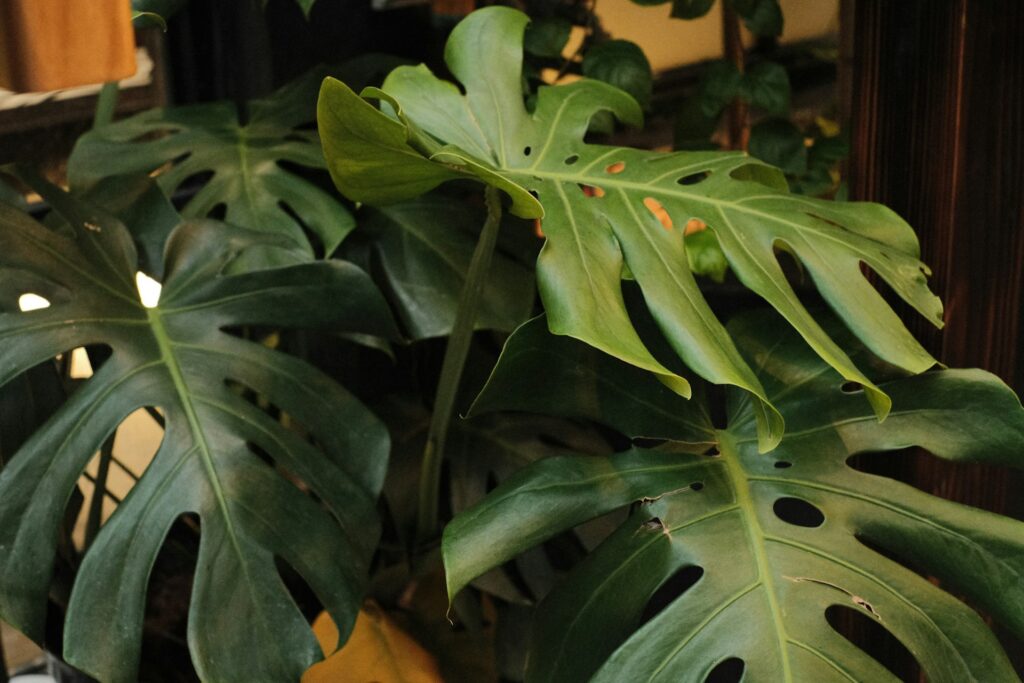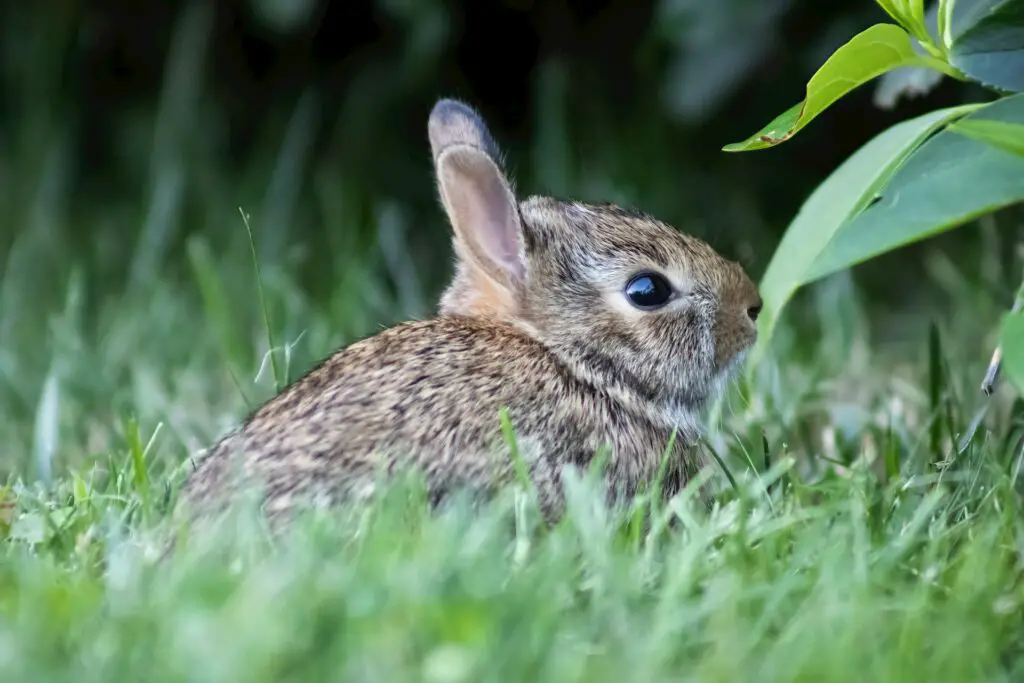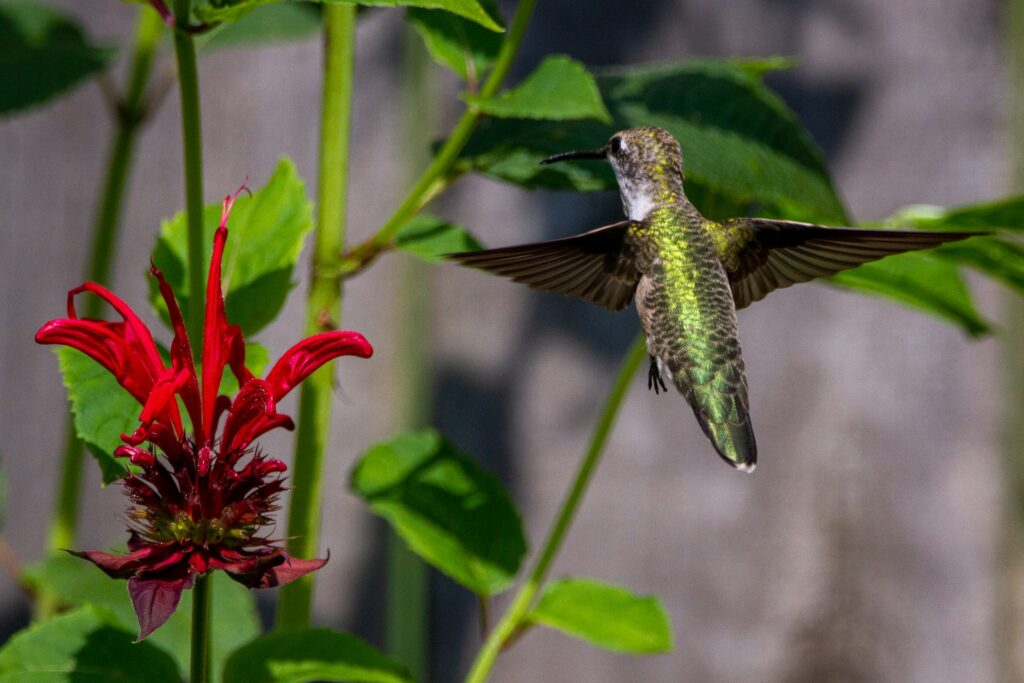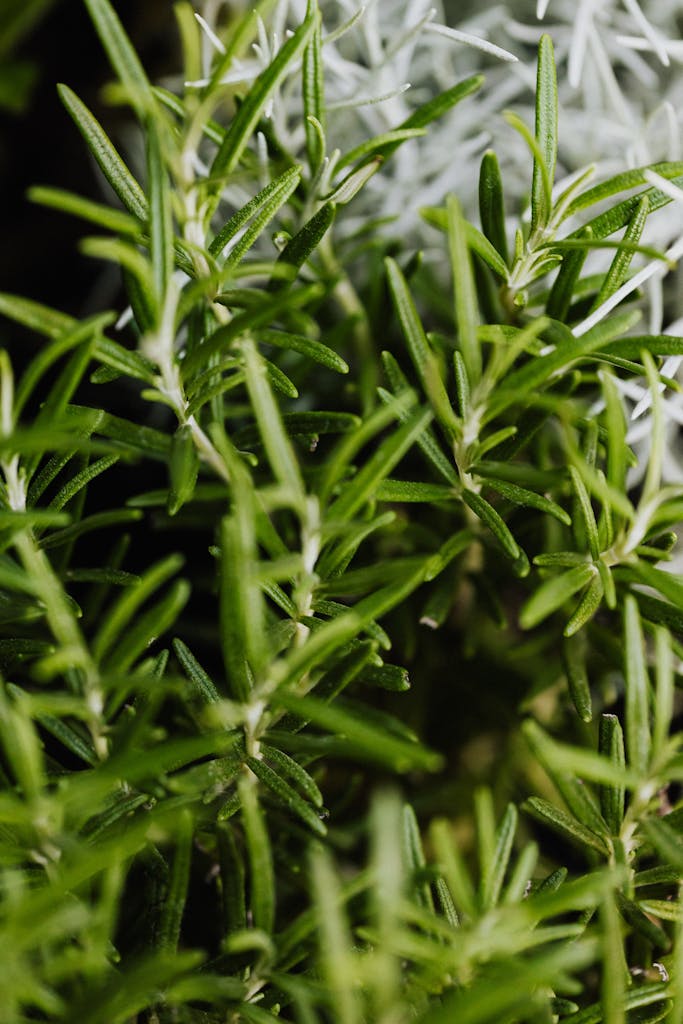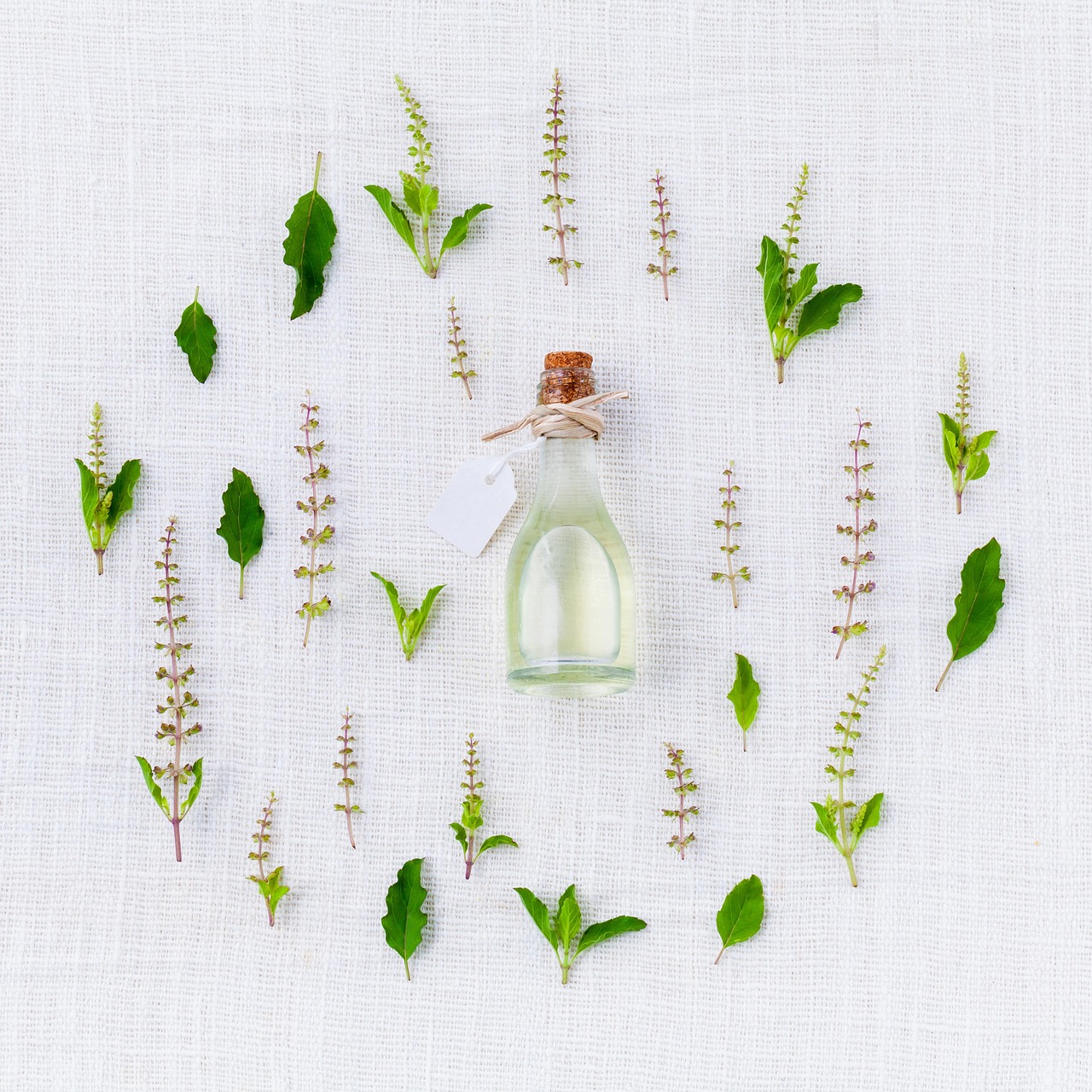
Embarking on the journey of creating an herb garden often conjures images of sun-drenched plots; however, not all herbs demand the spotlight. This enlightening exploration dives into the verdant world of shade-loving herbs, revealing that a lack of direct sunlight doesn’t mean a lack of greenery. From the aromatic whispers of mint to the soft caress of chives, discover the herbs that thrive under a canopy of tranquility. Whether you’re a seasoned gardener or a green-thumbed novice, this article is a trove of insights, proving that even the shadiest nooks of your garden can sprout with life. So, why is this read worth your while? Because it’s time to illuminate the possibilities of the shaded corners and transform them into a lush herb haven.
Shade in the Garden, What We Mean
When we talk about shade in the garden, it’s not just about the absence of light. It’s a spectrum, ranging from light dappled shade to dense canopies that sunbeams rarely penetrate. Understanding the amount of shade your garden receives is crucial because it influences which plants will grow best in that environment. Some herbs may grow well in partial shade, where they receive filtered sunlight for part of the day, while others can handle full shade, thriving in areas where direct sunlight is scarce.
Benefits of Growing Herbs in Shade
There’s a silver lining to every shade garden. Growing herbs in shade can reduce the need for watering since the sun is less intense and evaporation happens more slowly. Shade-loving herbs often require less maintenance and are less likely to become leggy in search of light. Moreover, a shade garden can provide a cool respite for beneficial insects and pollinators during the heat of the day. Not to mention, the presence of these herbs can add a delightful fragrance and a touch of greenery to otherwise overlooked areas of your landscape.
Mint: A Refreshing Shade-Loving Herb
Mint is a wonderful herb that’s as versatile in the kitchen as it is in the garden. It’s a hardy perennial that grows well in shady conditions, making it a top choice for gardeners dealing with less sun. With its invigorating scent and endless culinary uses, from tea to salads, mint is a must-have in the shade garden. Just remember, it likes to spread its roots, so growing it in a container might be wise to keep it from taking over.
Chives: Hardy Perennials for Shady Spots
Chives are another hardy perennial that doesn’t need full sun to flourish. These slender herbs thrive in the shade, producing delicate white flowers that can add a touch of elegance to any garden. Chives are easy to grow from seed and make a flavorful addition to soups, salads, and a variety of dishes. They’re also quite tolerant of cooler conditions and can be one of the first herbs to pop up in spring.
Lemon Balm: A Fragrant Shade-Tolerant Delight
Lemon balm, with its citrus-scented leaves, is a shade-tolerant herb that can bring a fresh aroma to your garden. It’s a perennial herb that prefers partial shade and moist soil. Lemon balm is not only great for teas and culinary uses but also has medicinal properties that have been cherished for centuries. This herb doesn’t like to dry out, so a shady spot can help keep the soil consistently moist.
Parsley: More Than Just a Garnish
Often relegated to the side of the plate, parsley is a culinary herb that deserves a spotlight for its growth capabilities in the shade. This biennial herb can tolerate partial shade and still produce lush, dark green leaves that are packed with flavor and nutrients. Whether you choose flat-leaf or curly varieties, parsley is a versatile herb that goes very well on tomato salads and a myriad of other dishes.
Salad Greens: Shade’s Gift to Your Plate
Not all salad greens need full sun to thrive. In fact, many herbs that can be used in salads prefer partial shade, especially during the hotter months. Herbs like arugula and sorrel can benefit from the cooler temperatures that shady areas provide, resulting in tender, less bitter leaves. These greens are quick to grow and can often be harvested multiple times throughout the growing season. They’re perfect for those who want to add a fresh, homegrown touch to their salads without the need for a sun-soaked plot.
Medicinal Herbs That Favor the Shade
The realm of shade is not just for culinary delights; it also welcomes a variety of medicinal herbs. Plants like valerian, which prefers dappled shade, and comfrey, which can tolerate partial shade, have been used for centuries for their healing properties. These shade-loving herbs can be a boon for gardeners looking to cultivate their own natural remedies. Just remember to research and consult with a healthcare provider before using any herb for medicinal purposes.
Designing Your Shade Herb Garden
Creating a shade herb garden requires a bit of planning to ensure your herbs can thrive in the shade. Consider the levels of shade in your garden and choose herbs that tolerate those conditions. Use varying heights to add depth and interest—taller herbs like angelica can create a stunning backdrop for shorter herbs like sweet woodruff. Also, think about the soil moisture; many herbs that grow in shade prefer moist soil and partial shade, so amending your soil to retain moisture can be beneficial.
Native Herbs That Flourish in Low Light
Exploring native herbs is a fantastic way to incorporate shade-loving plants into your garden. These herbs are adapted to local conditions and can often grow with minimal fuss. For instance, wild ginger and goldenseal are two native herbs that thrive in shady environments and offer unique flavors and medicinal benefits. By choosing native herbs, you’re also supporting the local ecosystem and wildlife.
Tips on Growing Herbs in Less Sunny Spaces
Growing herbs in shade doesn’t have to be daunting. Here are a few tips to help you succeed:
- Monitor the light levels throughout the day to find the best spot for your shade-loving herbs.
- Choose containers with good drainage to avoid waterlogged soil, which can be detrimental to your herbs.
- If growing indoors, consider using grow lights to supplement the natural light.
- Be mindful of watering; shady areas may stay moist longer, so be careful not to overwater.
Perennial Herbs for Long-Term Shade Gardens
Perennial herbs are a great addition to any shade garden due to their longevity. Herbs like lovage, which can tolerate alot of shade, and sweet woodruff, a ground cover that thrives in dappled shade, are excellent choices for creating a sustainable garden that returns year after year. These perennials not only provide culinary and medicinal value but also contribute to the biodiversity of your garden, offering shelter and food for wildlife.
Most Important Things to Remember:
- Understand the Shade: Know the difference between partial shade, dappled shade, and full shade to choose the right herbs for your garden.
- Mint is Versatile: Mint can grow in shady areas, but be cautious of its invasive nature.
- Chives are Hardy: They grow well in shade and can add both flavor and visual appeal to your garden.
- Lemon Balm Loves Moisture: This herb prefers shady spots that can retain soil moisture.
- Parsley is Shade-Friendly: It can thrive in partial shade and is a nutrient-rich addition to your dishes.
- Salad Greens Can Be Shady: Some greens prefer the cooler, less intense light of shaded areas.
- Medicinal Herbs: Many medicinal herbs can grow in shade, offering health benefits and diversity to your garden.
- Design Wisely: Plan your shade herb garden considering the different levels of light and moisture.
- Go Native: Native herbs are well-suited for shade and support local ecosystems.
- Growing Tips: Pay attention to light levels, drainage, and watering when cultivating herbs in less sunny spaces.
- Perennial Power: Invest in perennial herbs for a long-lasting, low-maintenance shade garden.
Embracing the shade in your garden doesn’t mean limiting your green thumb ambitions. With the right knowledge and selection of herbs, you can create a flourishing herb garden that offers a serene escape and a bounty of flavors for your kitchen. Remember, every patch of shade is an opportunity for growth, both for your plants and your gardening skills. Happy planting!

